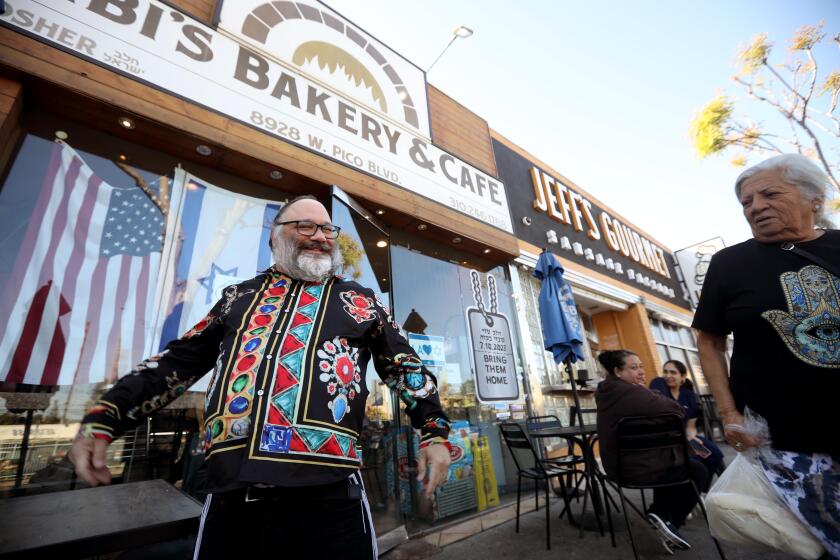In the 2020 U.S. Presidential election, the Pico-Robertson neighborhood, known for its Jewish community, aligned itself with the broader liberal sentiment of Los Angeles’ Westside, supporting Joe Biden over Donald Trump. However, recent shifts reveal a significant change in voter dynamics. An increase in support for Trump in the 2024 election saw him receiving more votes than in the previous two elections combined, largely attributed to the recent Israel-Hamas conflict, rising antisemitism, and effective Republican campaign efforts. As Trump’s actions and rhetoric surrounding Israel began to resonate with voters, he gained traction in a community previously characterized by its liberal leanings. This shift may reflect the deep-seated concerns of residents regarding security and the overarching political environment.
Over the last eight years, Trump’s popularity in Pico-Robertson has seen a gradual ascendancy. Although changes in voting precincts complicate the data, statistics indicate an increase of thousands of votes for Trump since his first run in 2016, where he received only 1,292 votes. By 2024, Trump’s vote count skyrocketed to 6,760, exceeding previous totals and helping him win several precincts. Conversely, his opponent, Kamala Harris, obtained notable support with 7,321 votes, especially in precincts adjacent to wealthier areas like Beverly Hills. The evolving political sentiment reveals that a substantial portion of the community is shifting toward the Republican party, a transformation that marks a departure from its established voting history.
Residents express that economic concerns and local issues, such as homelessness, have predominated their worries in the lead-up to the election. Several individuals cited escalating antisemitism and violence against Jewish residents as catalysts for changing their voting preferences, feeling an urgent need for a leadership shift. A particularly alarming incident saw multiple Jewish businesses in Pico-Robertson vandalized around the election period, creating a climate of fear among locals. Residents like Chaim Marks highlight the increased anxiety as a motivating factor for their political choices, thereby showing that current events influenced their assessments of candidates.
The neighborhood, which has evolved significantly over the past century into a vibrant Jewish hub, has hosted a diversity of Jewish populations, including Orthodox and Persian Jews. The architecture and cultural identity reflect its unique history of immigration and settlement patterns, with the area home to numerous synagogues, kosher eateries, and educational institutions. These community features, combined with the legacy of Jewish entertainment professionals in Los Angeles, add to the neighborhood’s rich cultural heritage, distinctly separating it from other Jewish enclaves. Yet, as the political landscape changes, residents indicate their priorities have shifted to a greater focus on security, evidenced by the increased presence of volunteer safety initiatives amid rising fears.
Political activists within the community, like April Silverman, played a pivotal role in mobilizing pro-Trump sentiment, emphasizing Trump’s foreign policy choices, particularly his support for Israel, while addressing residents’ concerns regarding local governance. Silverman organized information-sharing efforts that guided voters through the election process, focusing on perceived failures of local progressive leadership. She managed to connect with several residents, indicating a concerted effort to galvanize support for Trump and other candidates viewed as tough on crime, further underscoring the shift towards Republican alignment among certain demographic groups.
Despite these changes, the final election results reveal a complexity within the community’s voting behavior, showing a deeper generational and ideological divide. Younger voters tended to support Kamala Harris, reflecting differing priorities and perspectives compared to older, more traditional voters who leaned toward Trump. Individuals like Sara Hoffman illustrate the internal conflicts residents face, expressing skepticism about Trump’s character while recognizing his pro-Israel policies. This multi-faceted political landscape highlights not only the shifting loyalties within Pico-Robertson but also the broader national trends affecting community dynamics and voting behaviors. The ongoing debates about representation, security, and social issues continue to influence the local political climate, suggesting that Pico-Robertson’s voting patterns may continue to evolve in response to both local and global developments.

